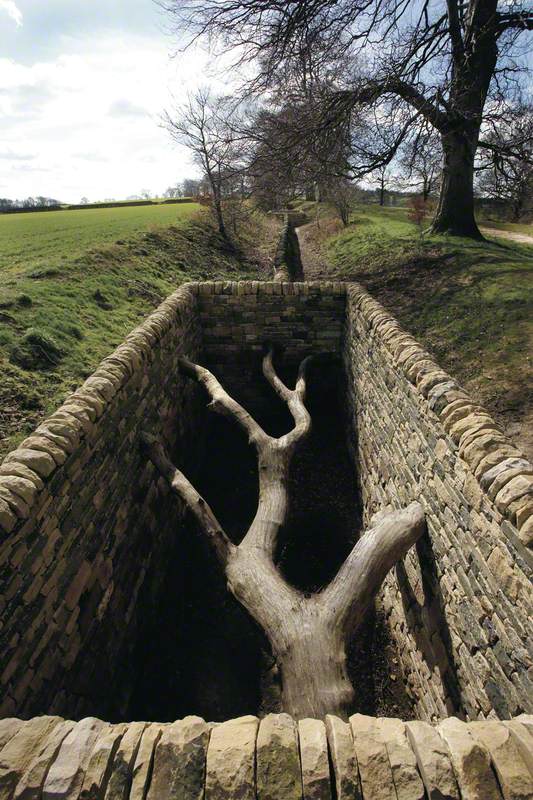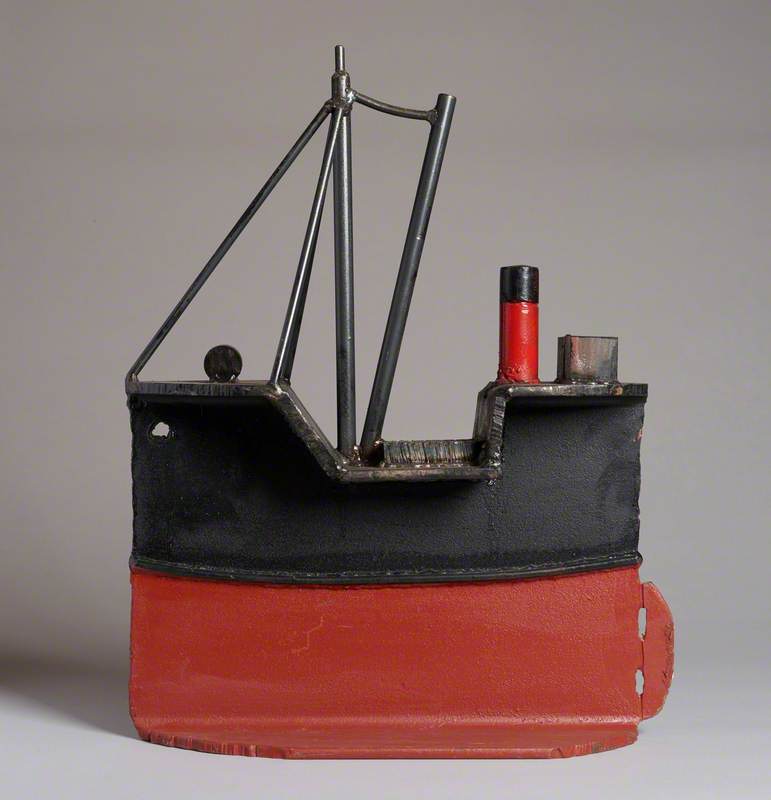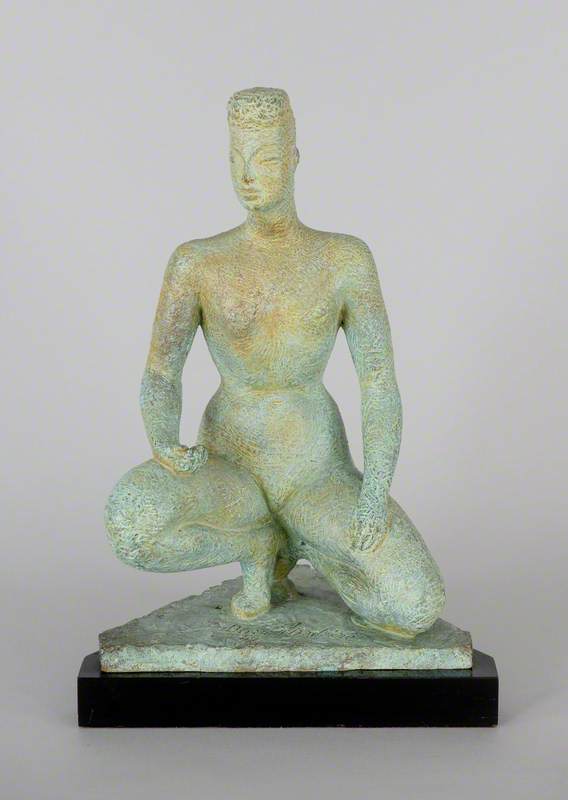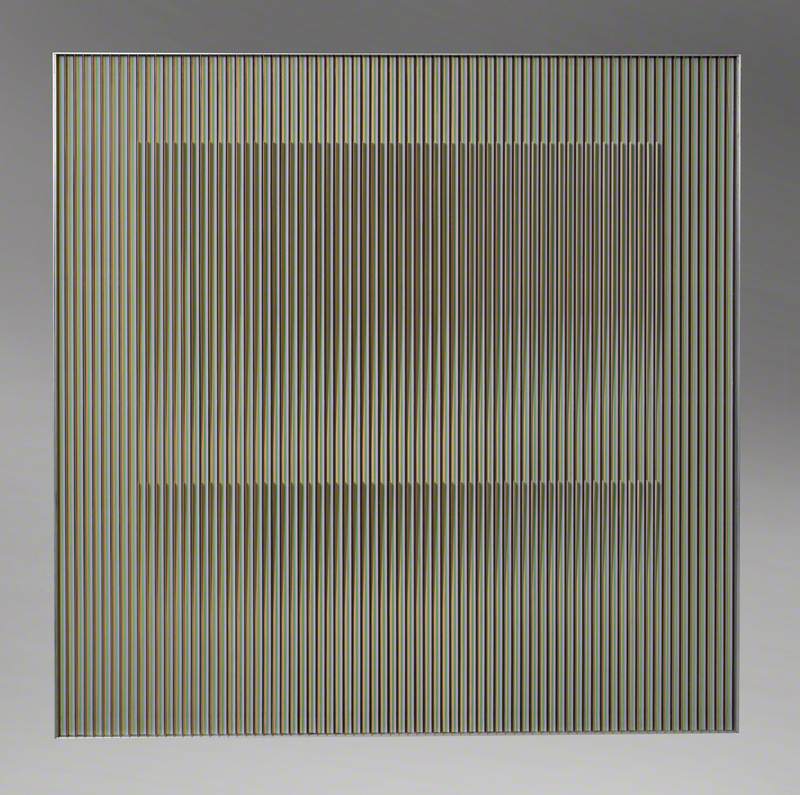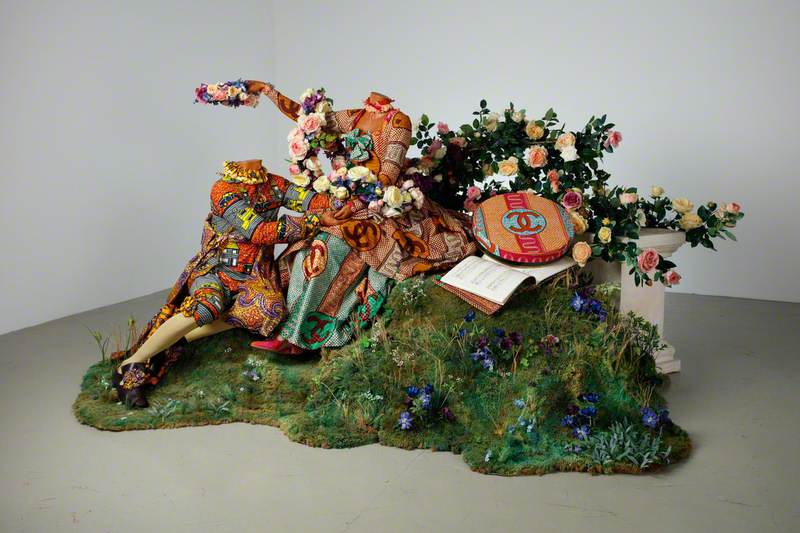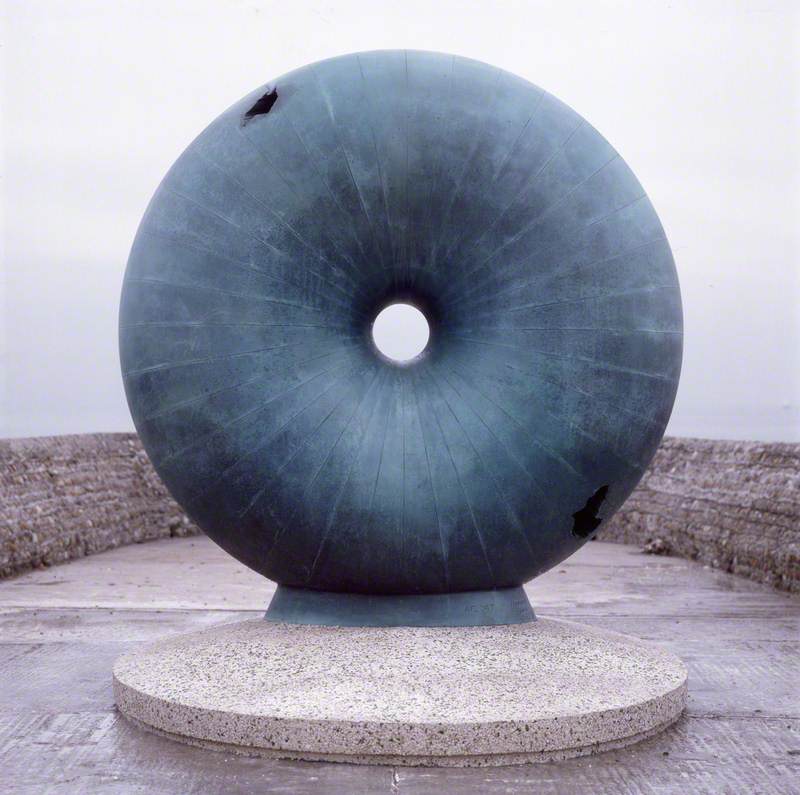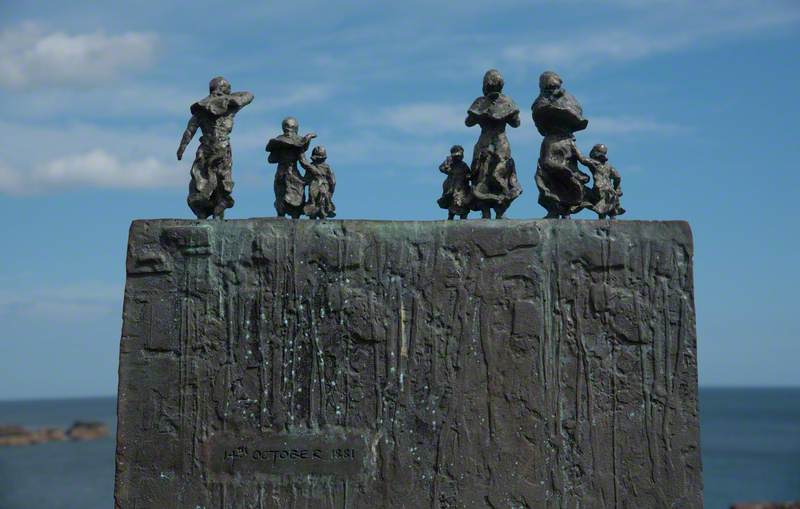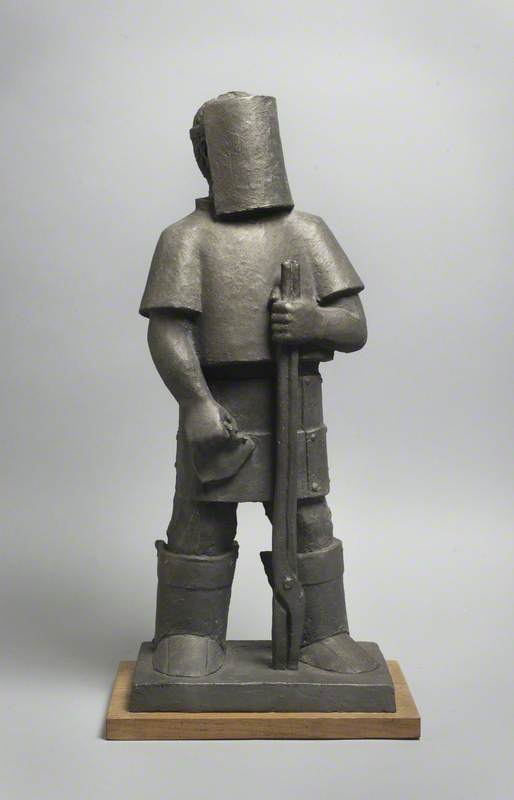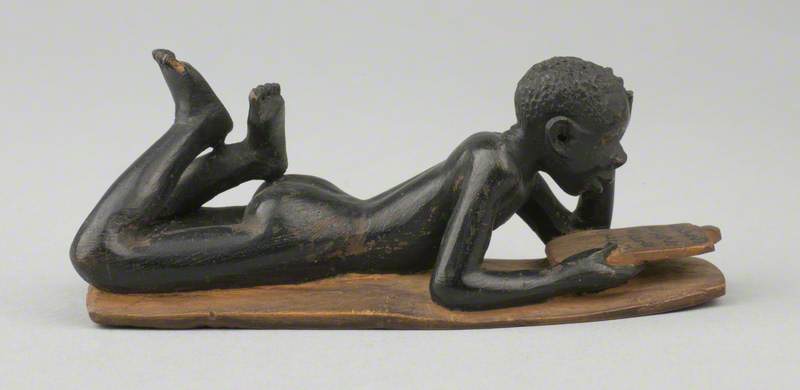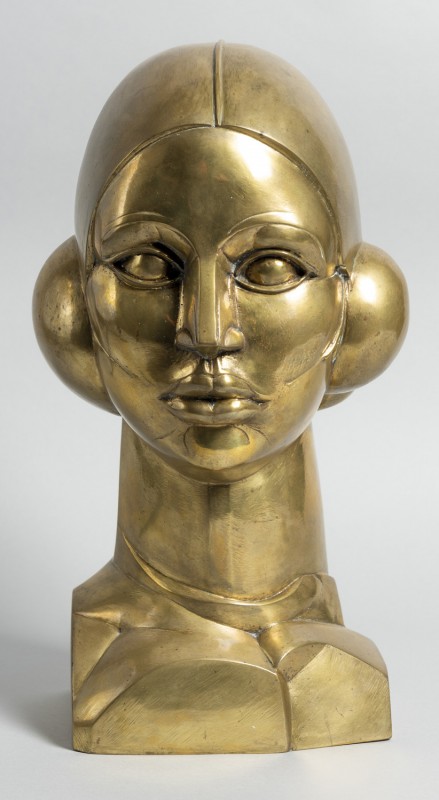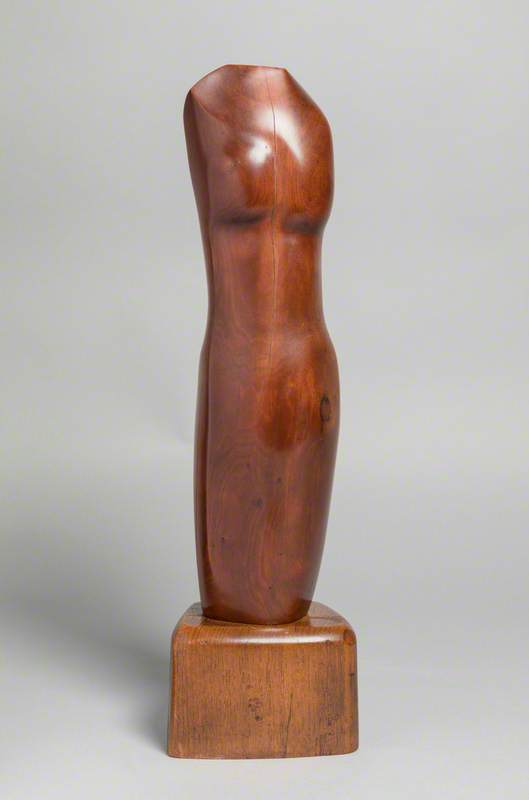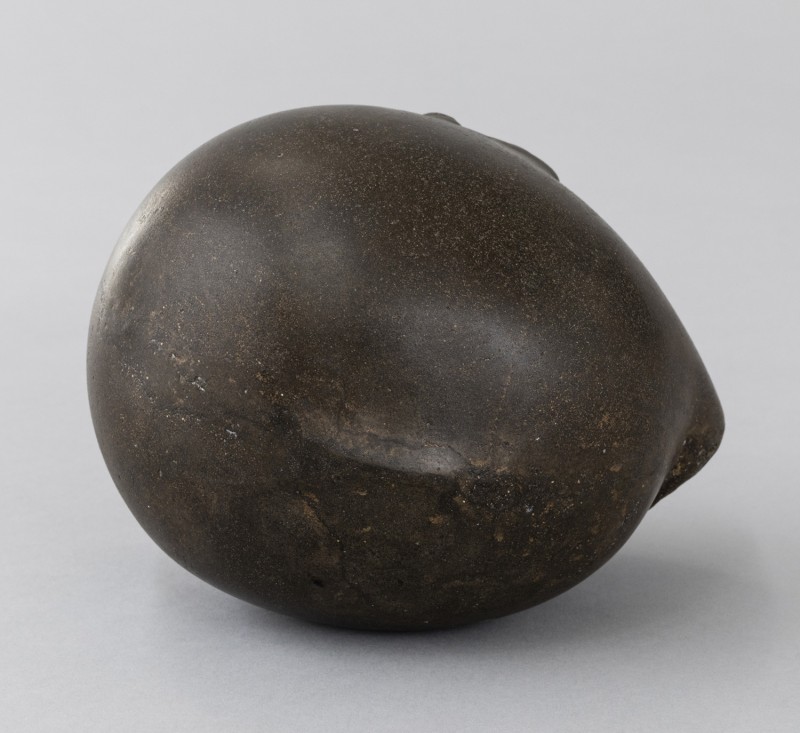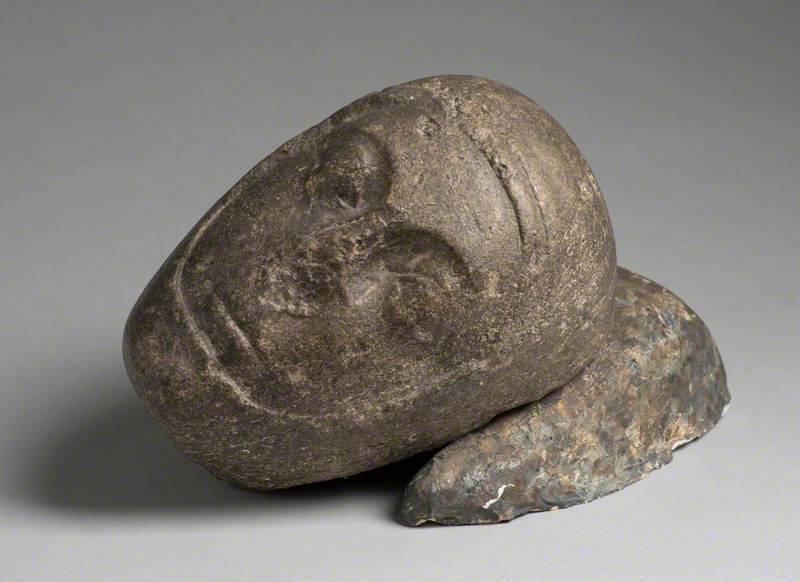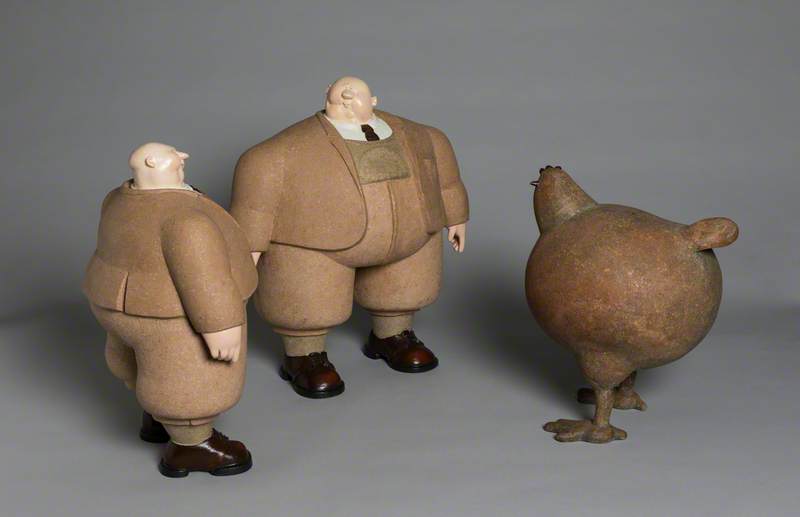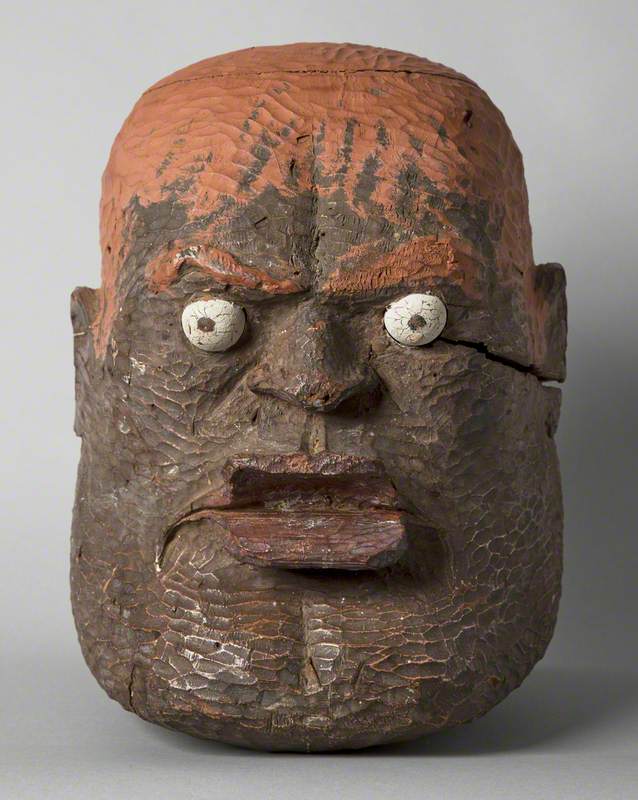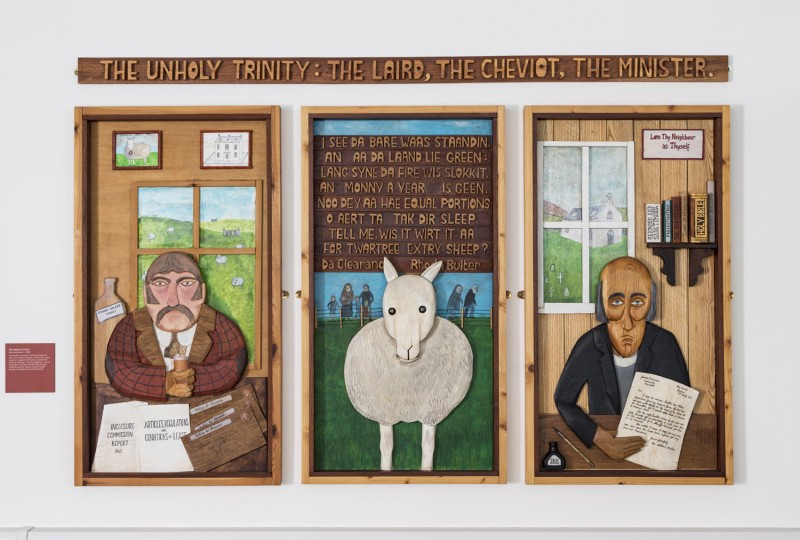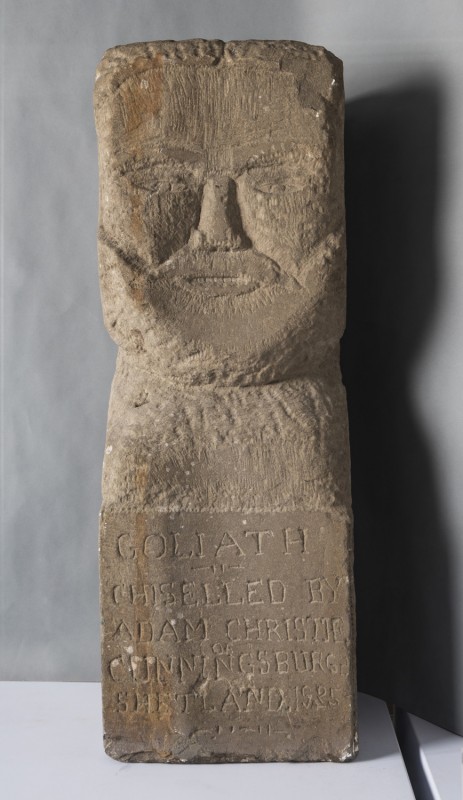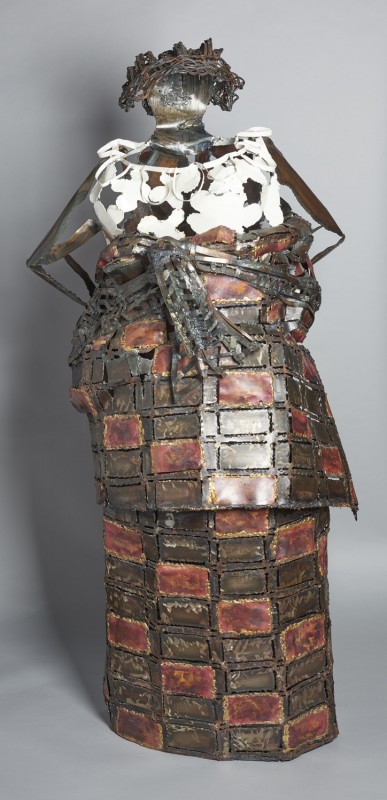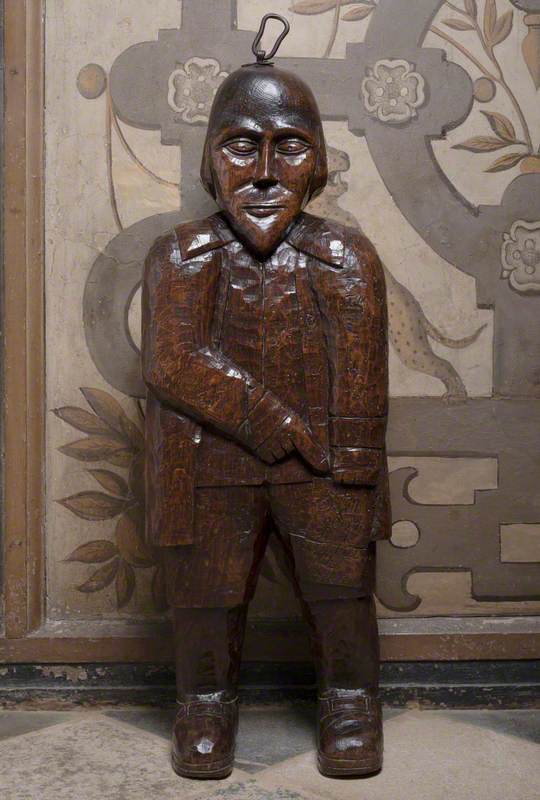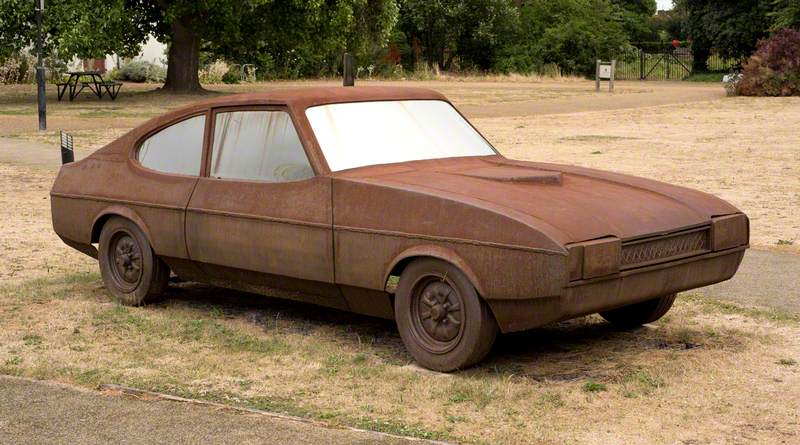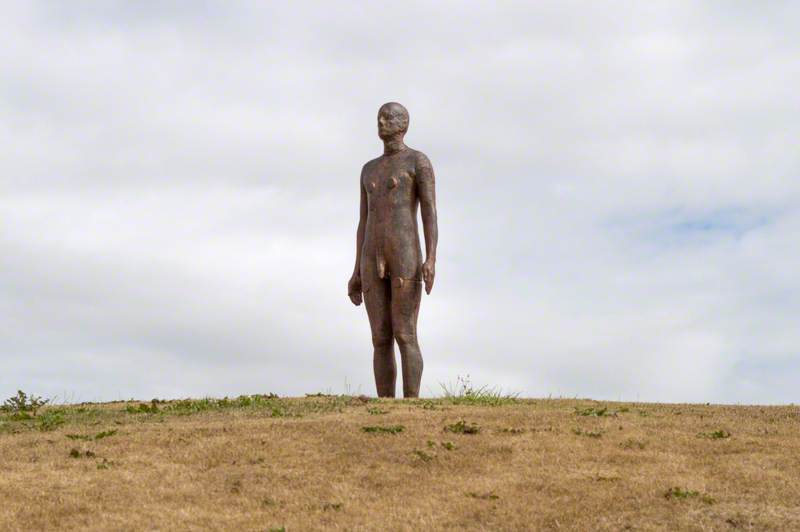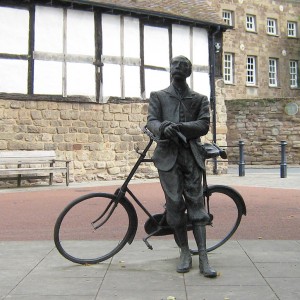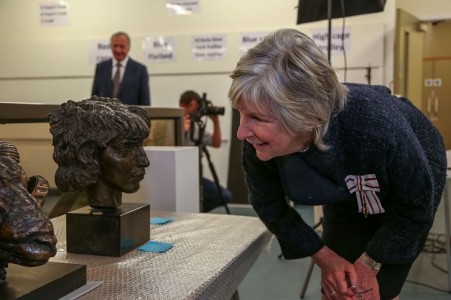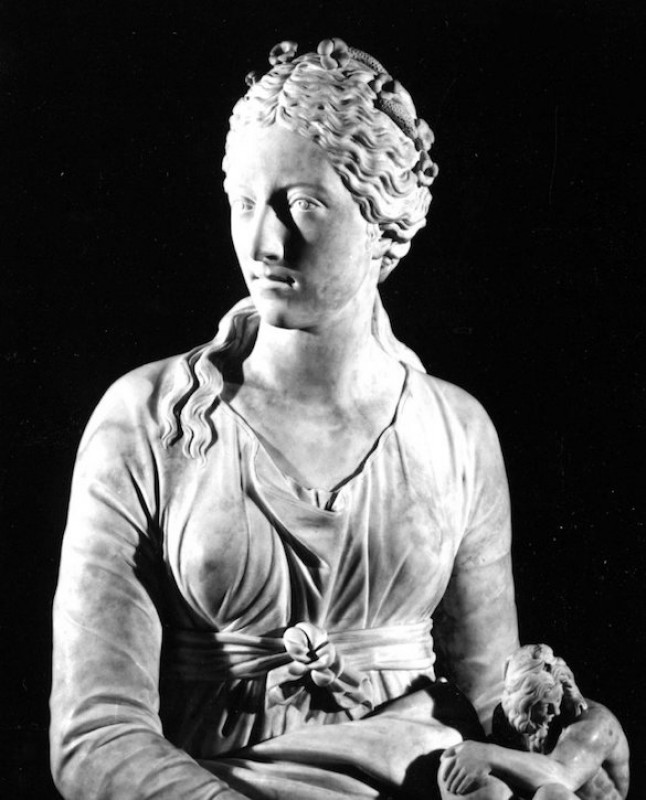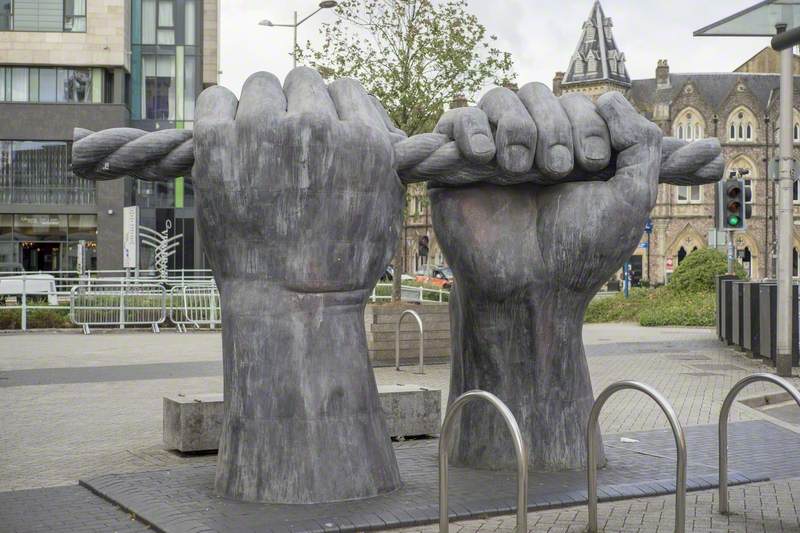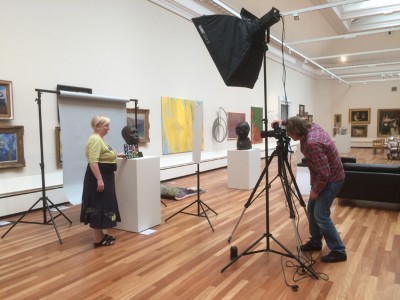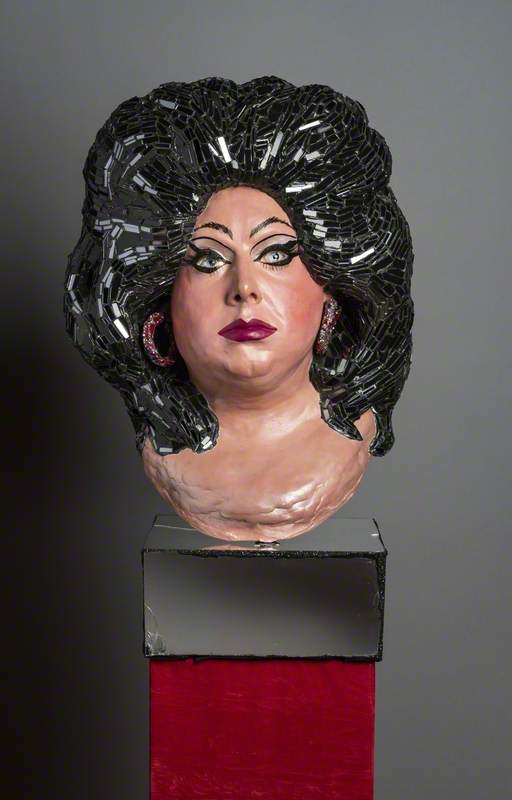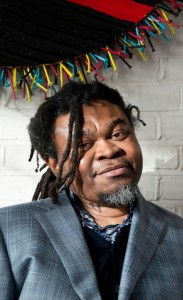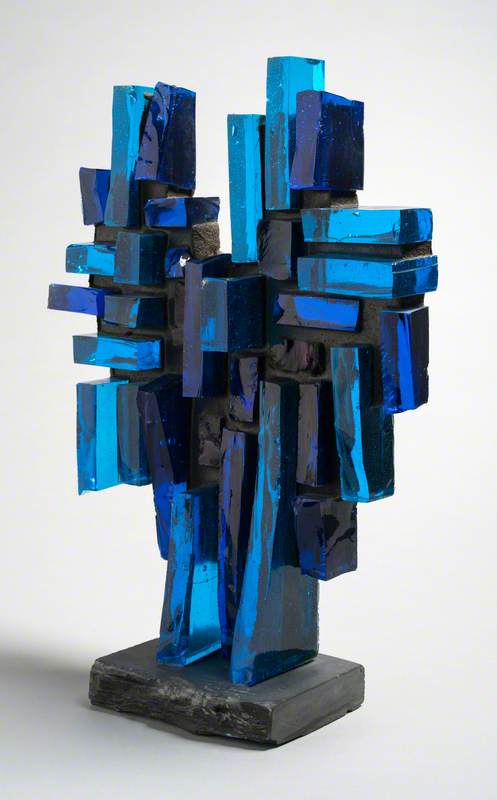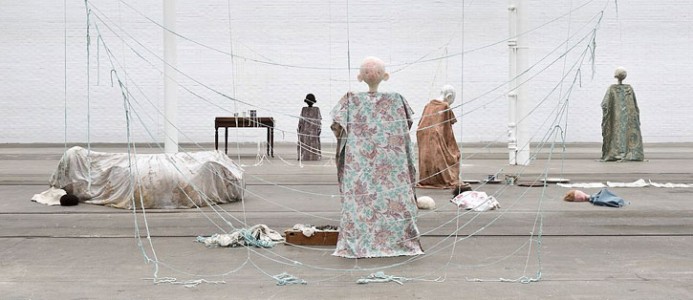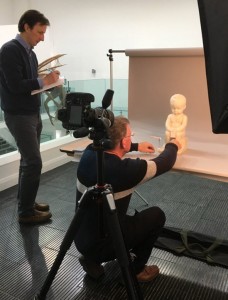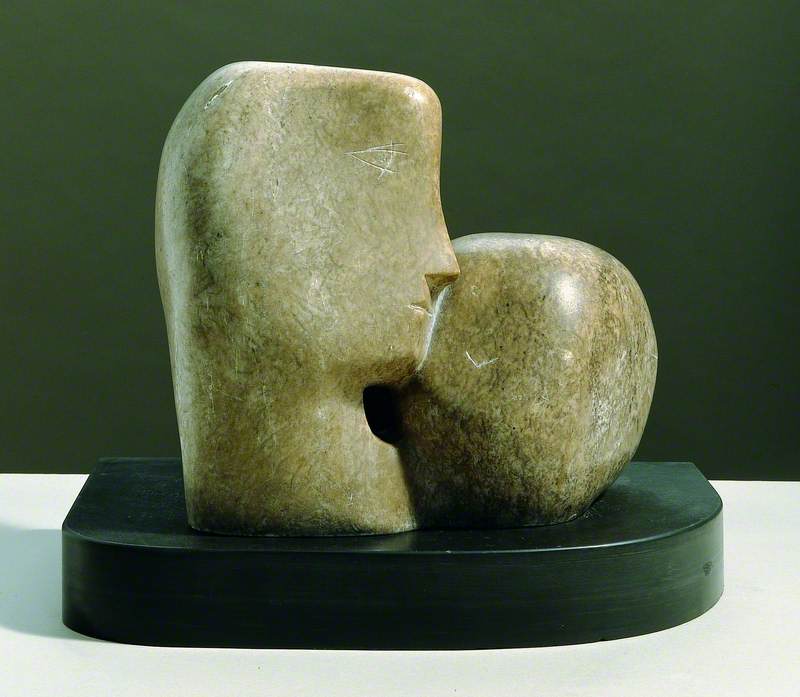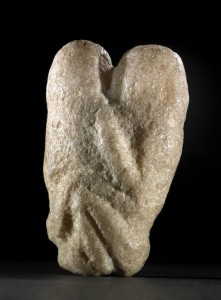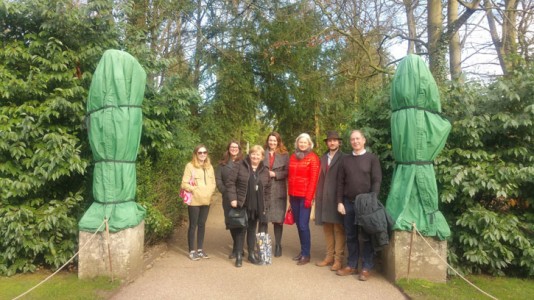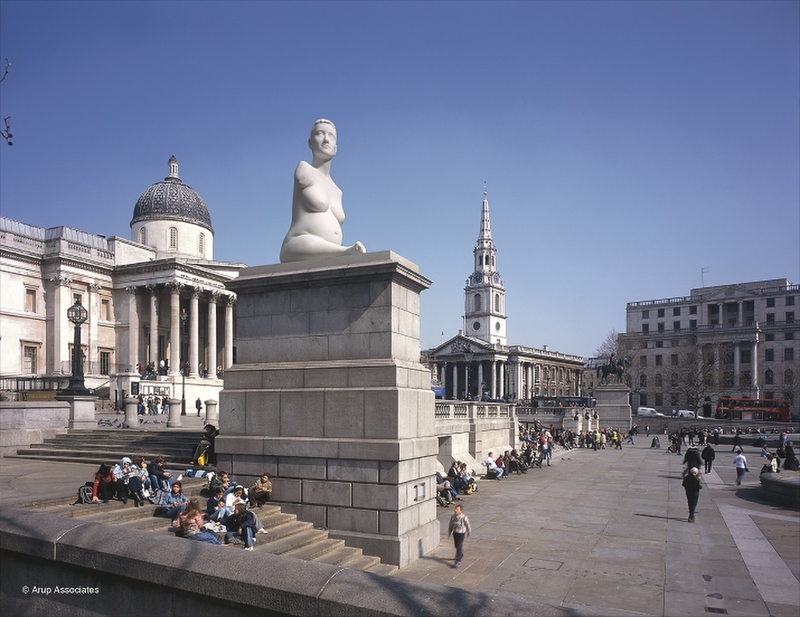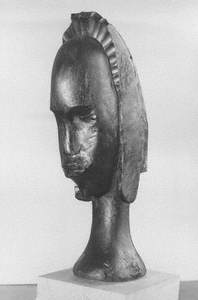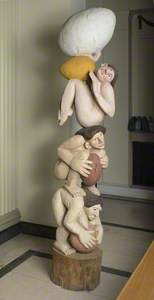Art UK staff are working hard to put online the UK's national collection of sculpture – art that usually lives in museums, galleries, public buildings, collections' stores or on our streets. There are nearly 20,000 sculpture records to browse at the moment, with many thousands more in the pipeline.
To celebrate International Sculpture Day, I asked the team about the favourites they've found during the project so far. Several themes emerged: powerful female forms, characterful portraits, animals, and sculptures that make you laugh, as well as lesser-known sculptors. I hope you enjoy their picks and maybe come across your own new favourite sculpture in the process.
Inspirational people, and sculpting the human form
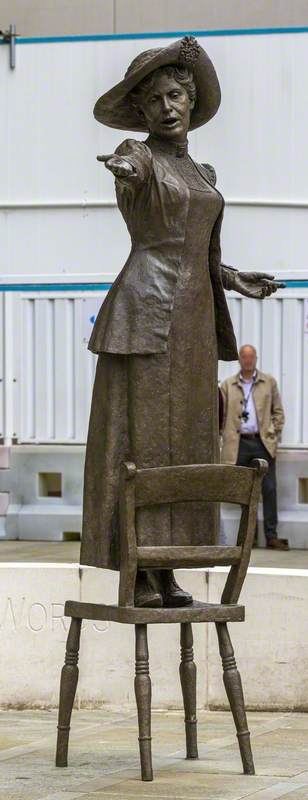
© the artist. Image credit: Martin Henderson / Art UK
'Rise up, women' (Emmeline Pankhurst, 1858–1928) 2018
Hazel Reeves and Bronze Age Sculpture Casting Foundry
St Peter's Square, Manchester, Greater ManchesterStatues of people with powerful stories to tell came up unsurprisingly regularly as staff top choices – starting off strongly with Hazel Reeves' long overdue sculpture of the organiser of the Suffragette movement, Emmeline Pankhurst.
Anthony, Public Sculpture Manager, notes the unusual design – the exceptional Emmeline stands on a chair, as if addressing a mass demonstration, and points towards the former Free Trade Hall, where the first Suffragette meetings took place. Prior to its erection in 2018, 16 of the 17 statues in the city centre were of men (the only exception was one of Queen Victoria).
Anthony also has a personal connection to the statue: 'when I was a child, I regularly accompanied my great-grandmother to the old Eye Hospital when it was just opposite there – I would always read the blue plaque on the wall and wonder who Emmeline Pankhurst was.'
Sarah, Project Officer, appreciates the evocative 'Widows and Bairns' series which commemorates Britain's worst fishing disaster, as seen through the eyes of the families left behind. 'The minute and emotive detailing of these small-scale works, along with their placement in each coastal area where the fishermen hailed from, speak powerfully to the feelings of their families on the shore, watching helplessly as the disaster unfolded.'
Another maritime link, several Art UK staff had Benno Schotz's mid-century figure of a shipbuilder stick firmly in their memory. Strikingly contemporary looking, the work drew Shane, Learning and Engagement Officer, because his family have a fishing background. 'I find this work particularly striking with its masked anonymity, representing every and any shipbuilder.'
Ajidasile Orisadipe's thorn carvings are a favourite of Hazel, Regional Sculpture Manager. 'In a 1949 journal... it is noted that Orisadipe "is an outstanding thorn carver". Thorn carvings are particular to Nigeria. This piece is so charming and I wonder about its journey to Stromness. There are three types of tree used for thorn carving.'
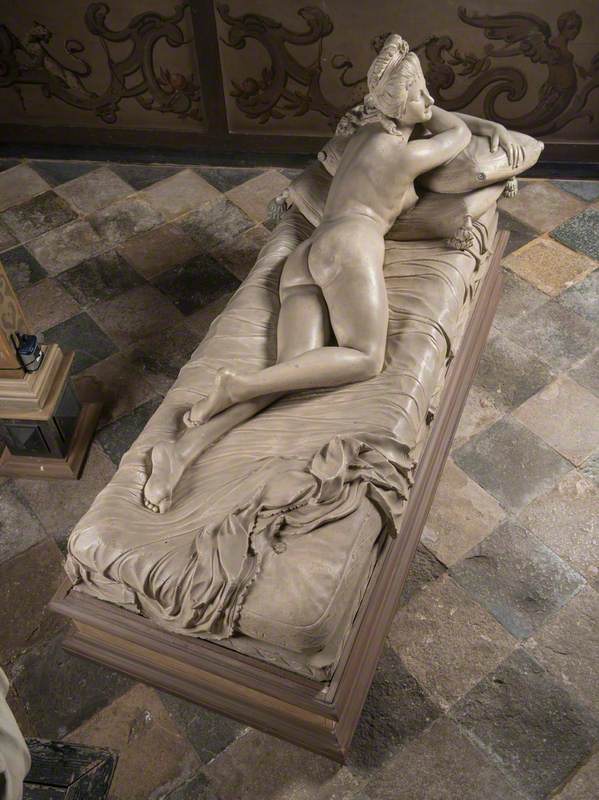
Image credit: National Trust Images
Giovanna Francesca Antonia Giuseppe Zanerini (1753–1801), Called 'La Baccelli' 1778
Giovanni Battista Locatelli (1734–1805) (attributed to)
National Trust, KnoleOne of my own favourites is the daring sculpture of 'La Baccelli', the Venetian ballet dancer and mistress of 3rd Duke of Dorset. In the commission, she looks incredibly content and pleased with herself, lying naked on her plaster bed. The Duke later settled down to marry a respectable heiress, and according to an inventory, the statue was then rechristened A Naked Venus and moved to a less prominent position.
Staff picks proved we have a collective penchant for enigmatic female forms – such as Fergusson's beautiful bust of his soon-to-be wife, Margaret Morris, chosen by Katey, Art UK's Deputy Director.
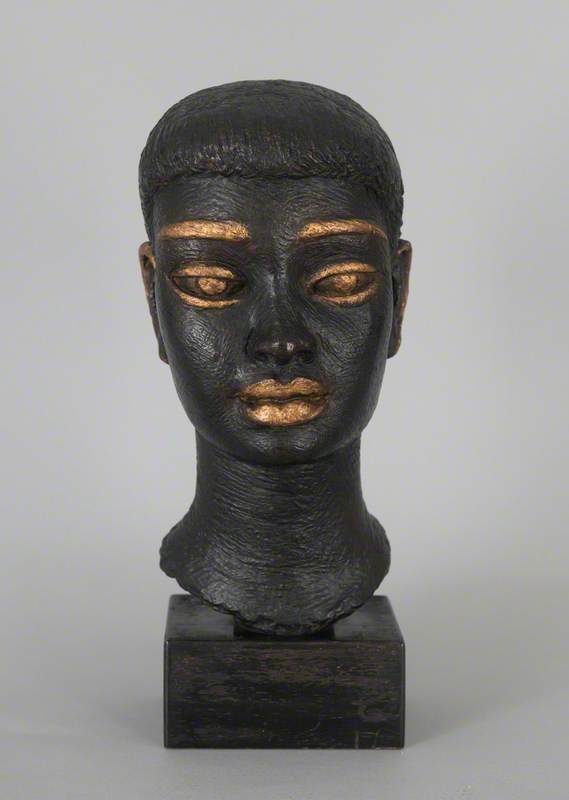
© Dorich House Museum, Kingston University. Image credit: Dorich House Museum, Kingston University
Dora Gordine (1895–1991) and Morris Singer Art Foundry Ltd (founded 1927)
Dorich House Museum, Kingston UniversityFrom the content team, both Lydia and Louise love Dora Gordine's beautiful works – such as Flawless Crystal and Black Orchid. The latter 'is so unusual and the gold against the black is so striking', says Lydia, Content Editor.
Copyright Officer Lulu likes simple, tactile and feminine forms, like Baccarat, Sitting Up Girl III, Legs and Serenity. 'I love Hepworth's tactile sculptures. I want them scattered around my house where I can just pick up and touch them'.
Other favourite sculptures of the human figure include a perfect ballerina, a cheeky street urchin, and the ethereal, calm form of Prometheus: a head of a knight from c.1300 also evokes a similar sense of peace.
Good sense of humour
When choosing a favourite sculpture, it is often the funny ones that stick in our minds. These 'substantial brothers' were remembered by a few staff, including Flora, Operations Officer, who explains 'I have never heard 'substantial' as a synonym for 'fat''.
Image Officer Aled bought to our attention this wooden carving of the head of Mussolini. 'It is stupid and cartoonish, his eyes are bulging, he looks like he is about to explode with anger – it is funny, but also a prescient depiction of the throbbing machismo throwing its weight around Europe at that time. It was made in 1936 to be the figurehead of the Barrow Hospital float at the parade that year, and there is something quite poignant about the residents of this town in Cumbria expressing their quiet distaste for what was 'going on' – and would continue to go on – through caricature.'
Animals
Animals featured heavily in Art UK's top picks, especially sheep, for some reason: such as Mike McDonnell's commentary on the Shetland Clearances, Robert Koenig's cute column, and Mabel Pakenham-Walsh's Sheeps in Hell – 'the title alone is enough to warrant a closer look', says Andrew, Head of Content.
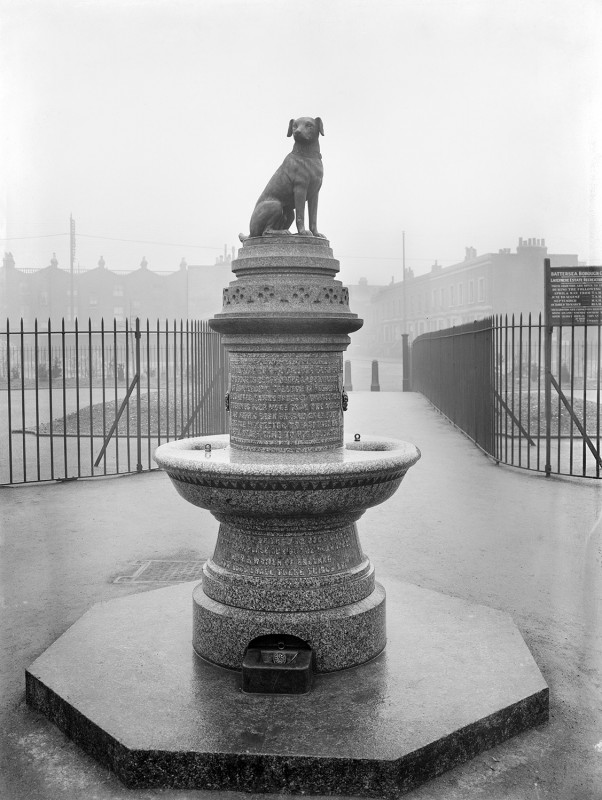
Image credit: Historic England Archive
Brown Dog Memorial and Fountain 1906
Joseph James Whitehead (1868–1951)
Latchmere Park Recreation Ground, Battersea, WandsworthAnother powerful public sculpture chosen by Anthony is the Brown Dog Memorial and Fountain (and its replacement) which commemorates a dog that had been mistreated in medical experiments. 'The story of the original memorial is quite epic in itself – featuring one of the most famous libel cases the country has ever seen – but so is the story of the memorial's replacement... The 'biography' of the original memorial continues through the erection of the new... the desire to do this is common in communities when monuments and sculpture are removed but it is incredibly rare that the desire is materialised.'
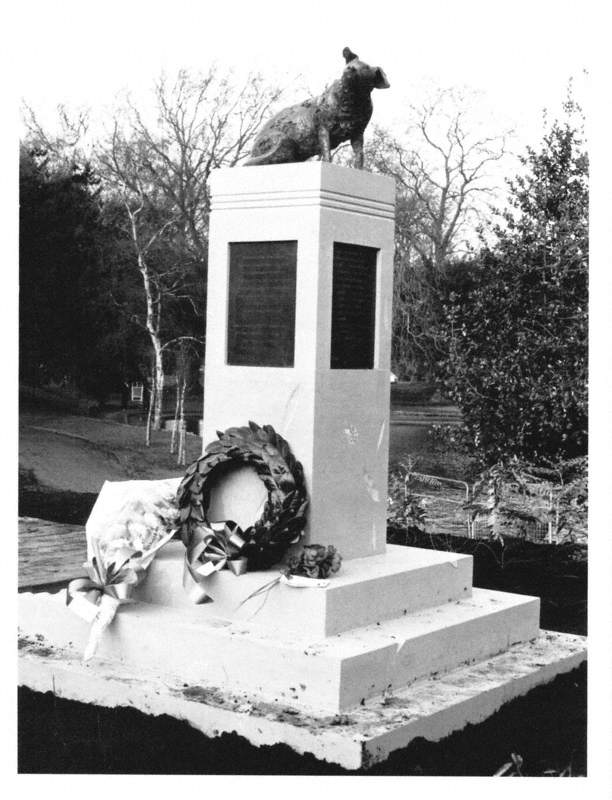
© Nicola Hicks, Flowers Gallery, London. Image credit: Vincenzo Albano / Art UK (black and white image, 1985, courtesy of Cruelty Free International)
Nicola Hicks (b.1960) and Gilbert & Turnbull Ltd, London
Old English Garden, Battersea Park, Battersea, Wandsworth
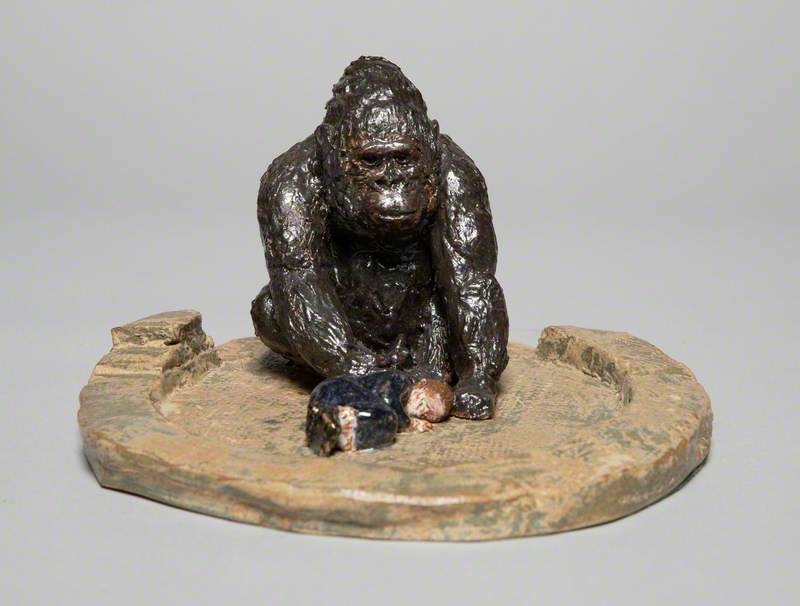
© the copyright holder. Image credit: Jersey Heritage
Jambo Protecting the Injured Boy at Jersey Zoo in 1986 1986
Elinor K. Brett (1911–2007)
Jersey HeritageOther emotive sculptures of animals also loom large in Art UK's collective consciousness, with picks such as the small clay commemoration of a touching incident at Jersey Zoo. A small boy fell into the gorilla enclosure, but famously Jambo acted protectively toward the child.
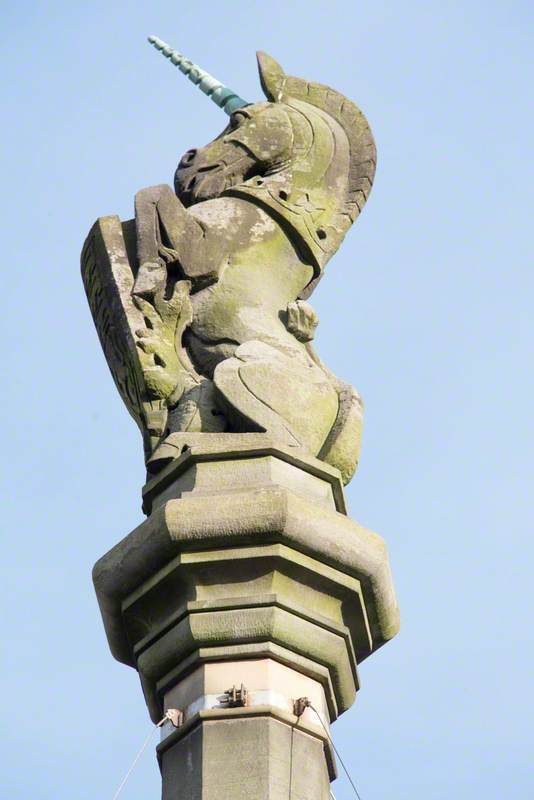
© the copyright holder. Image credit: Gordon Baird / Art UK
Unicorn and Associated Decorative Carving 1929–1930
Margaret Cross Primrose Findlay (1902–1968) and Dawson & Young
Glasgow Cross, GlasgowOther honourable animal sculpture mentions include charming cats, dogs, pine martin, guinea fowl and even a unicorn. Scotland's national animal appears on this important carving by the Scottish artist, Margaret Cross Primrose Findlay, who collaborated on the project with Edith Burnet Hughes, Britain's first female practising architect.
Lesser-known artists
Discovering inspirational artists is a major perk of working at Art UK – unexpectedly coming across talented people, whose personalities shine through their work.
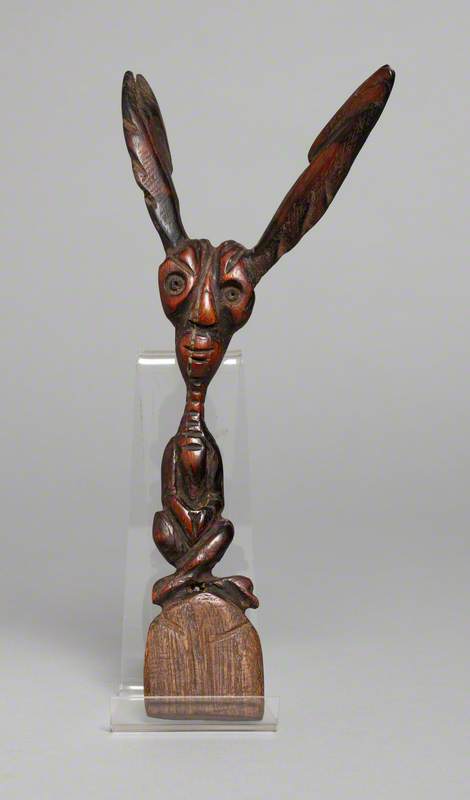
Image credit: The New Forest Heritage Centre
Stylised Figure Seated Cross-Legged with Large Ears 1919–1935
Tom Charman (1863–1939)
The New Forest Heritage CentreAled, Image Officer, is interested in the artist Tom Charman (1863–1939), who made sculpture from wood he picked up around the New Forest, where he lived in an 'unpretentious hut'.
'As well as being a talented woodcarver he was notably known as a 'fairy seer' and was involved with the Fairy Investigation Society, founded in 1927. He also even once took Arthur Conan Doyle out to look for the Little People... I like to think that this long-eared inquisitive looking sprite is one of the many woodland residents Tom encountered'.
Art UK's other Image Officer, Iain, also cites a link to folk art in his choice. Adam Christie's Goliath 'has such a strong energy. I like it because it links back to historic folk sculpture and a more primal way of making.'
Julia, Social Media Manager, says: 'Sokari Douglas Camp is one of my favourite artists. She's a very kind, soft-spoken, power tool-wielding, gender norm-smashing woman. Can anyone else create beautiful depictions of fabric out of steel like her?'
Julia also likes Fulani Girl by the Nigerian sculptor Enwonwu.
Personal touches
Art that has a personal connection also makes for a frequent favourite.
Learning and Engagement Manager Selina counts Figure of a Man as one of her favourites – as did the enigmatic poet and writer Vita Sackville-West, who grew up in the stately home. 'Nobody seems to know what he is pointing at!'
Other personal connections are powerfully nostalgic – such as Project Officer Maggie's pick Capri MkI*. 'When I was a teenager the only person I knew with a car had a red Ford Capri (it was his pride and joy – he was always cleaning it). Outdoor sculptures can sometimes look incongruous in their surroundings... I like the fact that this makes sense in its surroundings... It was made as a tribute 'to honour the borough's connection with the Ford Motor Company factory in Dagenham'... But it has also connotations of burnt-out cars, kids hanging out, a sense of faded glory.'
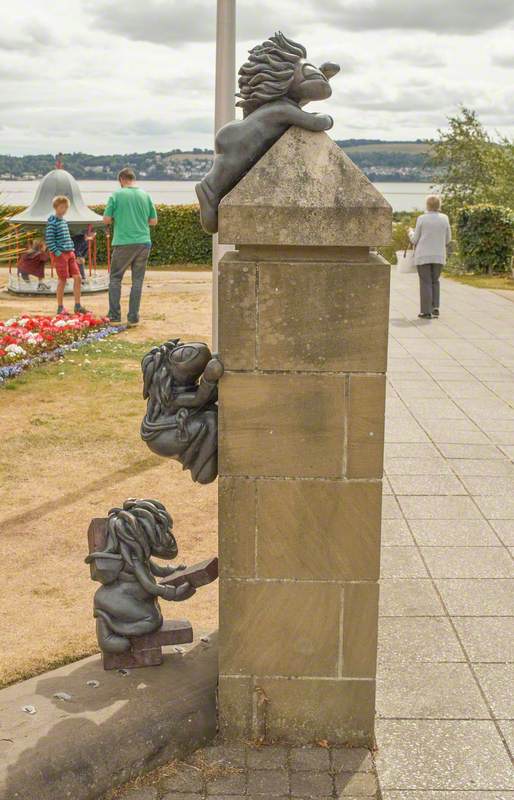
© the copyright holder. Image credit: David Oudney / Art UK
Powderhall Bronze (founded 1989) and Alyson Conway
Airlie Place / Perth Road, City of Dundee, DundeeAndrew's favourite, Lemmings, celebrates Dundee's videogame-creating heritage and evokes in his mind 'the high pitched 'let's go' when each level began'.
Surprising sculpture tends to stay with us. Antony Gormley's' Another Time X 'is identical to the one on Broad Street in Oxford and I remember freaking out one night when I first noticed it creeping over the top of a tall building', says Chiara, Database and Collections Liaison Officer.
Gormley is one of the few famous artists whose work has been favourited by a staff member, which proves our work is shining a light on sculpture that is more overlooked. Another famous sculptor – Christo – has work in the national collection, but this one, Maggie's favourite, is different from his usual large-scale pieces.
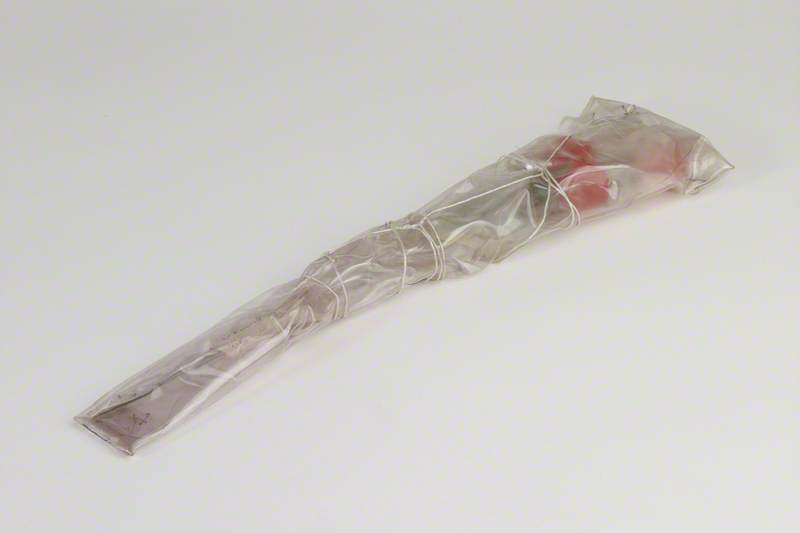
© the artist's estate. Image credit: Arts Council Collection, Southbank Centre, London
Wrapped Roses (edition of 75) 1968
Christo and Jeanne-Claude
Arts Council Collection, Southbank Centre'I always like it when an artist produces something that we don't expect. When we think of Christo wrapping things we think of huge, ambitious, spectacular, projects. This is very different. Wrapping a building (or elements within a landscape) accentuates its form and its scale. The buildings and landscapes become like abstract sculptures. The effect of wrapping a small thing – like this bunch of plastic flowers – does a very different thing. There is something disturbing about the sculpture. There is suddenly a narrative – the narrative of flowers left as a memorial by the side of a road or of forensic evidence.'
Jade King, Art UK's Head of Editorial
